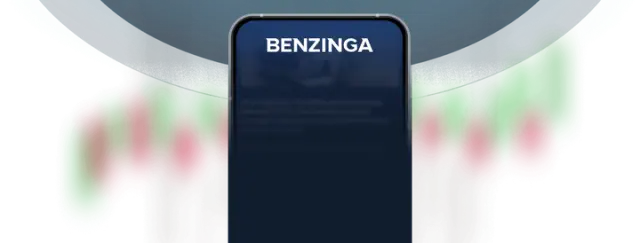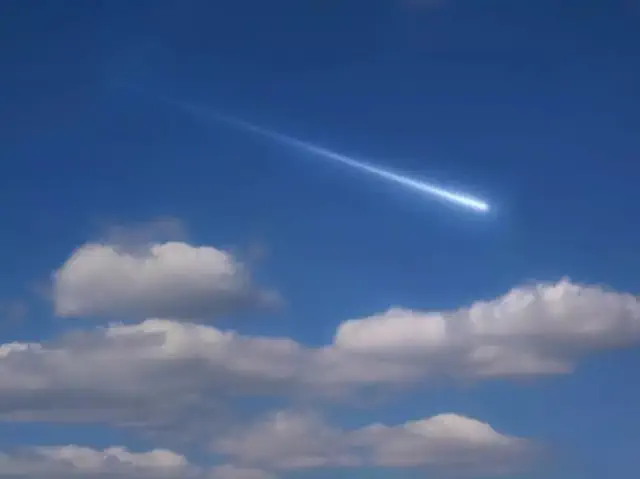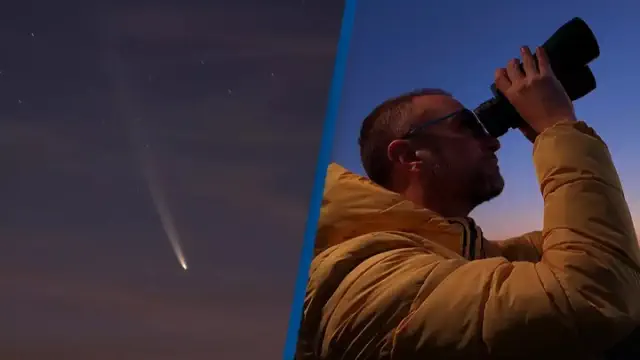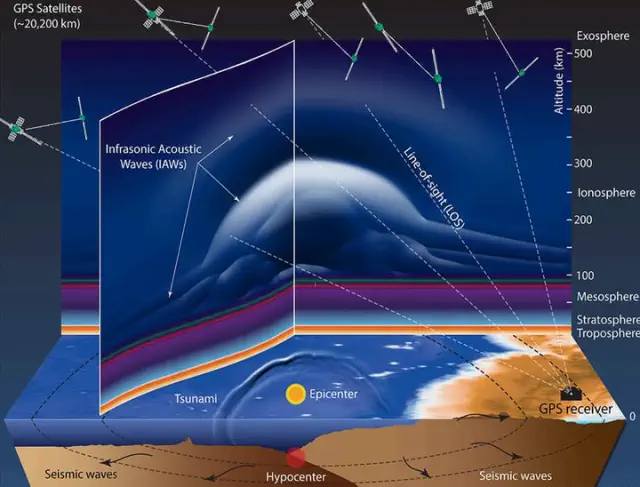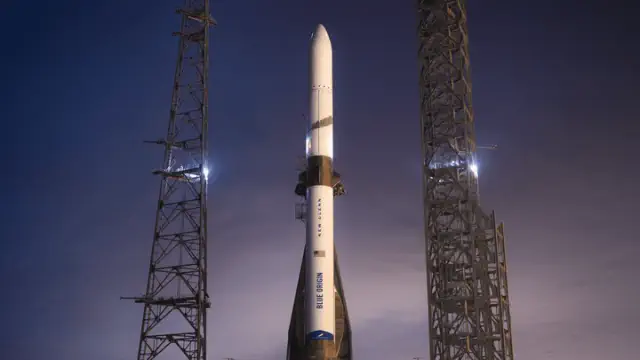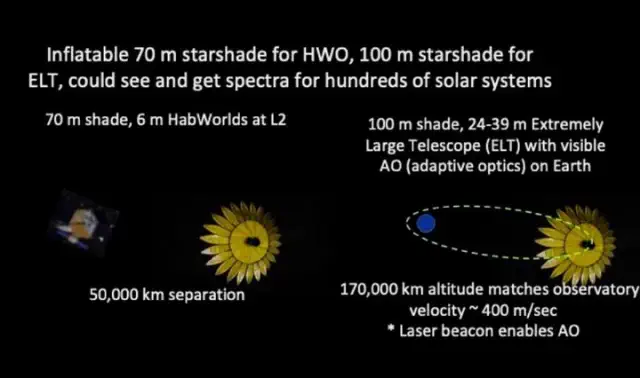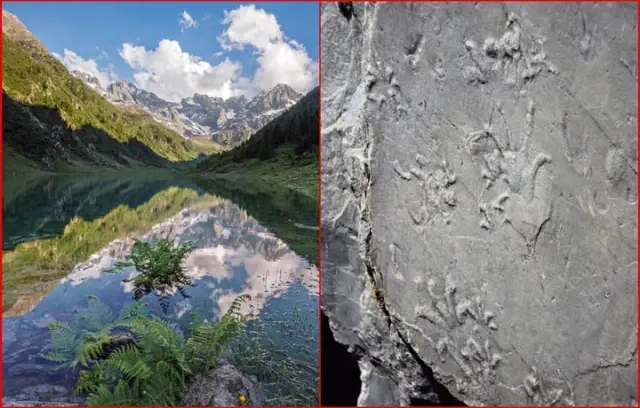NASA has labeled the Quadrantids meteor shower, originating from the 2003 EH1 asteroid, as the most impressive meteor display of the year. It remains observable for another two days in areas of the UK with minimal light pollution.
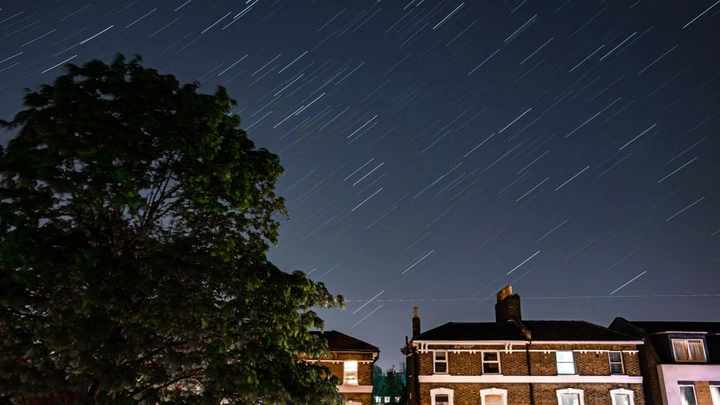
View pictures in App save up to 80% data.
The best meteor shower of the year will light up UK skies tonight as Brits have another 48 hours to catch a glimpse.
The Quadrantids shower is known for its frequent fireballs and is considered by NASA one of the most impressive throughout the year. And while its intensity peaked Friday last week, stargazers still have another two days to see the show before they return.
Those lucky to see the shower so far got to se up to 50 meteors an hour. The Quadrantids, unlike most meteor showers which come from comets, originate from an asteroid called 2003 EH1.
Beginning on Boxing Day, their peak was on Friday and Saturday last week, but they will remain visible in UK skies until Sunday. And while fancy stargazing telescopes aren't needed for catching sight, Brits have a much better chance of glimpsing them from what's known as a dark sky area.
These are areas with minimal light pollution, which obscures light particles from stars, mean far more is visible. The UK has several designated 'dark sky' areas, although any remote location far away from cities and towns would still be better. While the shower has been seen over London, this was through multiple exposures from advanced camera lenses rather than the naked eye.
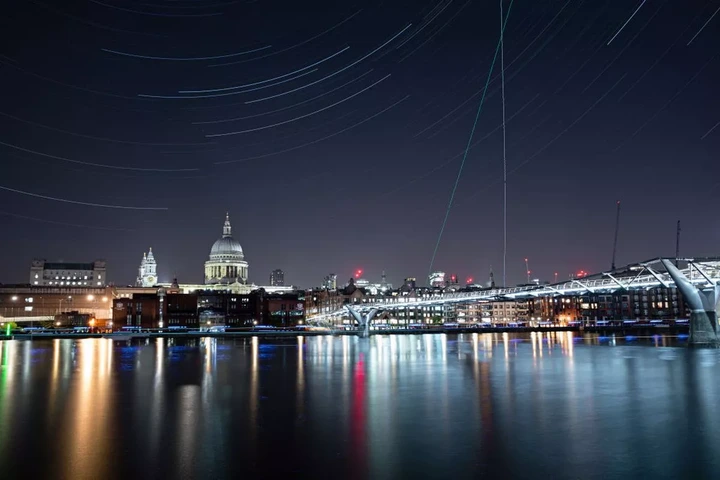
View pictures in App save up to 80% data.
Official dark sky areas include Moore's Reserve in the South Downs, West Penwith in Cornwall, Cranborne Chase in Dorset, Exmoor National Park, the Yorkshire Dales and North York Moors, Northumberland and Tomintoul and Glenlivet in the Cairngorms. Eryri National Park (Snowdonia) and Gower National Landscape in Wales are also dark sky areas.
It is advisable to allow your eyes approximately 15 minutes to adapt to the lighting conditions before spotting the meteor showers, which will be visible about two-thirds of the way up from the horizon, where the atmosphere is less dense. The origin point for the Quadrantids is located in the now-defunct constellation of Quadrans Muralis, which is the source of its name, and it is situated near the Plough, also known as the Big Dipper, in the sky.
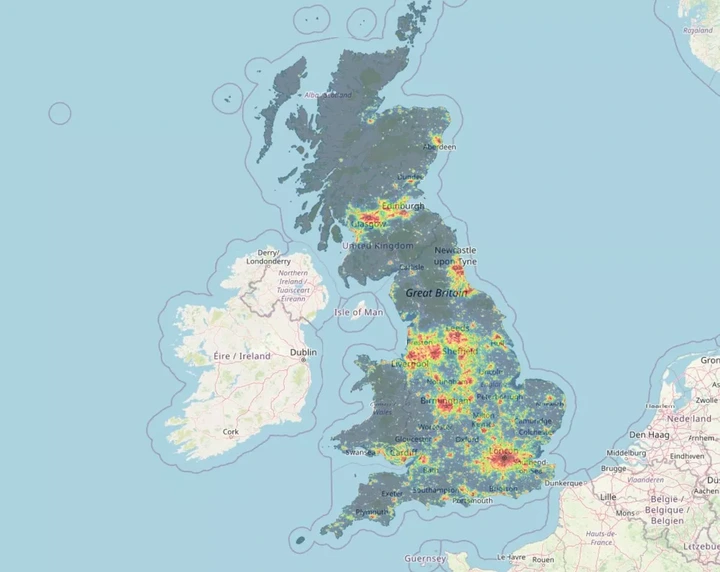
View pictures in App save up to 80% data.
The Royal Museum of Greenwich stated: "The Quadrantid meteor shower is one of the most powerful and reliable meteor showers annually, reaching a peak rate of 120 meteors per hour during clear nights. These meteors are fragments of debris that enter Earth's atmosphere at velocities reaching 70 kilometers per second, disintegrating and producing the luminous trails we refer to as meteors."
"The Quadrantids are recognized for their brief but intense peak that occurs over a span of just a few hours. These meteors seem to originate from the constellation Boötes, close to the Big Dipper. In 2004, astronomer Peter Jenniskens proposed that the source of the Quadrantids might be the minor planet designated as 2003 EH1."
